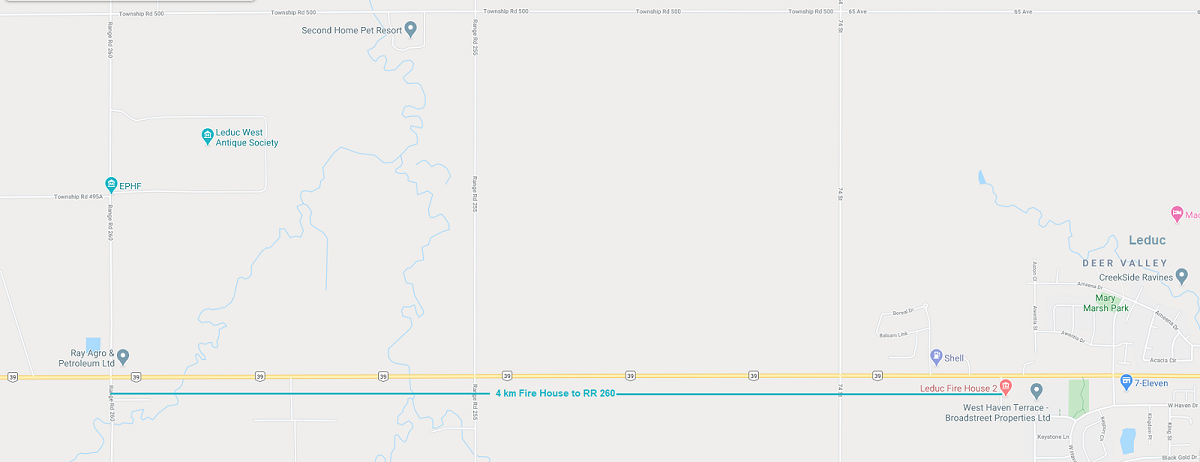Electrical Transmission
How does electricity get moved from where it is made to where it is used
Transmission refers to the technology of moving electrical power vast distances. The capability of alternating current (AC) to be easily transformed to extremely high voltages is what enables today's massive electrical grids to reliably deliver electricity to thousands of customers hundreds of miles away from the power generators. It was the genius of Nikola Tesla and the backing of George Westinghouse that planted the foundations of all electrical transmission systems using alternating current technology.
Only recently have modern electronics evolved to the point where high voltage AC (on the order of 500,000 volts) can be converted to high voltage DC, transmitted long distances, and then converted back to a clean AC sine wave (using sophisticated DC inverters) at the destination, and then transformed to lower distribution voltages.
Edmonton Power (now EPCOR), uses transmission voltages of 500kV, 240kV, and 72 kV. These voltages are then reduced to distribution voltages of 25kV, 14.4kV or 4.16kV at electrical substations. This reduced voltage is carried on overhead power lines or underground cables to neighborhoods where pole-top or pad mounted transformers reduce the voltage to a safe and usable secondary voltage, typically 120/240VAC.

















